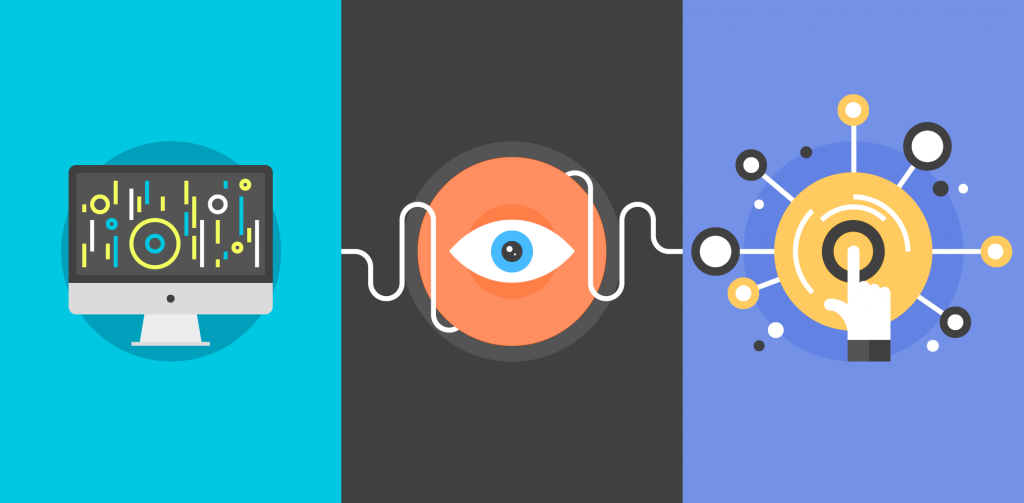The Role of Micro-Interactions in Modern Web Design 💻✨
%20(1).png)
The Role of Micro-Interactions in Modern Web Design 💻✨
In today's fast-paced digital world, the user experience (UX) is paramount. One of the most effective ways to elevate UX and create engaging, intuitive designs is through micro-interactions. These small, subtle animations and design elements can make a big impact, and they are rapidly becoming a cornerstone of modern web design. Let’s dive into what micro-interactions are and how they play a vital role in web design today.

What Are Micro-Interactions? 🤔
Micro-interactions are the tiny animations or design details that provide feedback to users during their interaction with a website or application. These interactions are usually subtle, such as a button changing color when hovered over, a notification alert, or a smooth transition between pages. They are designed to give users a sense of control and make the experience feel more dynamic and engaging.

Why Are Micro-Interactions Important? 💡
- Enhance User Experience (UX) 🧑💻 Micro-interactions help guide users and provide feedback on their actions, making the website feel more responsive and intuitive. Whether it’s an animated button or a progress bar, these small cues help users understand what’s happening, making navigation smoother and more enjoyable.
- Increase Engagement 🎯 When users interact with a website, the experience is enhanced with these little touches. Simple animations like a hovering effect or a playful loading spinner can create a sense of excitement and keep users engaged. The fun and rewarding sensation users get from these micro-interactions can boost retention rates and encourage them to explore more.
- Provide Feedback and Improve Usability 📲 Feedback is essential in web design. Micro-interactions provide immediate, visual feedback for users’ actions, which can prevent frustration. For instance, when a user fills out a form incorrectly, a small animation or color change can indicate an error, guiding them to make corrections quickly.
- Guide the User’s Attention 🔎 Subtle animations can draw attention to important elements on the page, such as calls-to-action (CTAs), without overwhelming the user. These cues help direct users toward what matters most, improving conversion rates and site flow.
- Create Emotional Connection ❤️ Micro-interactions can be playful, quirky, and fun. By adding small delightful details like a bouncing heart when you “like” a post or a smooth animation when a user clicks, designers can humanize the digital experience and create an emotional connection with the user.
Examples of Micro-Interactions in Action 🚀
- Button Hover Effects: When you hover over a button, it can change color, scale up, or animate in some way, signaling to the user that it’s clickable. This increases the sense of interactivity and reinforces the website’s responsiveness.
- Loading Animations: Instead of a static “loading” message, many modern websites feature playful loading animations (like spinning circles or progress bars) that keep users engaged and reduce perceived wait times.
- Form Validation: When a user fills out a form, micro-interactions like red borders or check marks give instant feedback, making the process smoother and helping users avoid mistakes.
- Social Media Likes: On many platforms, a simple "like" might trigger a playful animation, such as a heart bursting, or a thumbs-up growing in size. These interactions make the experience feel more rewarding and personal.
Best Practices for Micro-Interactions 🛠️
- Keep it Simple: Micro-interactions should be subtle and intuitive. Don’t overwhelm users with too many animations or effects that could distract or annoy them.
- Make Them Relevant: Ensure that the micro-interactions align with the context of the action. For example, a form field animation should be tied to the input’s validity, not just random movement.
- Focus on Timing: Micro-interactions should feel instantaneous. Avoid long delays, as they can reduce the impact and frustrate users.
- Test on Multiple Devices: Since micro-interactions are often small animations, testing them on multiple screen sizes and devices is important to ensure they perform as expected.
Conclusion 🌟
Micro-interactions may seem small, but they pack a punch when it comes to creating engaging, user-friendly websites. These tiny design details not only make websites more interactive and intuitive, but they also humanize digital experiences and guide users toward their goals. Whether you're designing a personal portfolio or a corporate website, integrating micro-interactions can make a world of difference in delivering a memorable and seamless experience. 🌍💻
